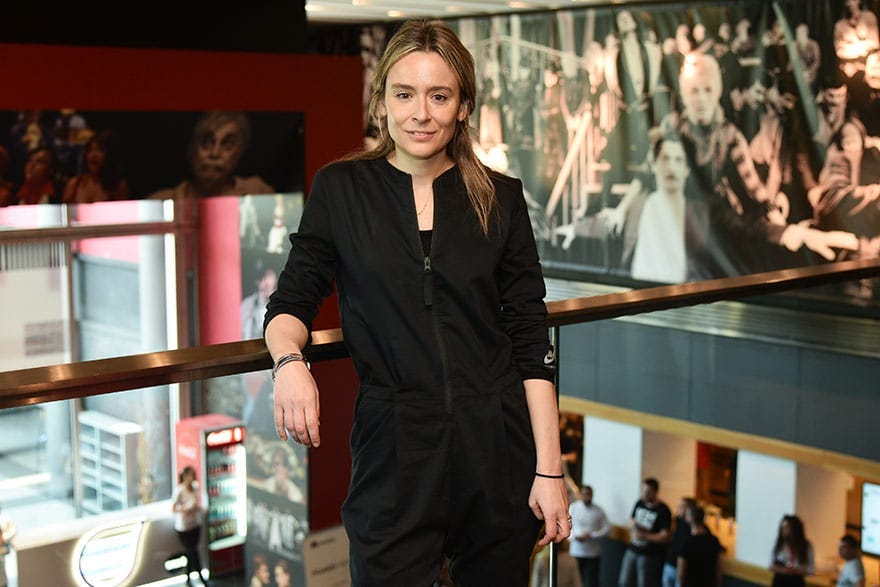A chat with ESPRIT's new Chief Brand Officer
A conversation with Ana Andjelic about her role, and what it looks like to revive ESPRIT as a brand.
Meet Ana Andjelic, an accomplished brand executive whom I respect deeply. Ana is the author of “The Business of Aspiration” and one of Forbes’s The World’s Most Influential CMOs. Ana specializes in building brand-driven modern businesses. She earned her doctorate in sociology, worked at the world’s top brands and advertising agencies, is a widely read columnist, speaker, advisor, and most recently was Banana Republic’s Chief Brand Officer.
Ana just took a new role as Chief Brand Office at ESPRIT, the iconic American activewear brand from the 80s, known widely for its infusion of color and playfulness in each catalog. I got to chat with Ana about why she took the role, how she sees the brand landscape today, and what we can expect from ESPRIT going forward.
You can follow Ana’s writing here: The Sociology of Business, and on Twitter.
Congrats on the new role at ESPRIT. What made you want to work with their team on this specific project?
Thank you! It is very exciting, and the timing feels right. ESPRIT is one of the iconic American—and global—brands that disappeared here for over a decade. To bring it back and to modernize it for the new generation of customers in a new cultural context is incredibly exciting.
Feels like we’re in a moment where traditional American brands from the 80s and 90s—who lost their way—are trying to revive themselves. What do you make of that?
I find it indicative that there isn’t a single playbook for the revival of traditional 80s and 90s brands. Each of them came up with their own approach, with varying degrees of success. Some develop the entire collections with a strong POV; others invest in hero items and use their halo to revive the brand.
To me, it’s important to create as many doors in the brand as possible, meaning making the brand relevant and attractive to the fans from the 80s as much as to the youngest customers who never heard of a brand but may have found it on Depop or ThreadUp or eBay.
Other important factors are leading with a story and a consistent narrative relevant to modern culture; knowing who the superfans are and where to find them; and finding smart collaborations — be it with other brands, cultural personalities, or TikTok influencers.
The key is to use a brand’s DNA but transport it to the current time. In this way, you don’t get the same thing; you get a variation.
There are so many more touchpoints to connect with consumers today, compared to when you only had to worry about brick-and-mortar or display ads. How and where do you imagine ESPRIT connects to consumers in 2023?
Having retail everywhere is the only way to have retail today. The answer to being everywhere where one’s customers are builds upon the strategic approach described above. Having entertaining and fun content, establishing an ongoing dialogue with culture through events and collaborations, having a relationship with content creators and influencers, and focusing on getting the basics of content quality and design right — these brand-building factors differentiate modern brands.
It’s a much more proactive marketing attitude.
Any hints or previews as to what we can expect from ESPRIT? Where do you want to take the brand directionally?
I want ESPRIT to be an icon in the post-icon age. We all move quickly from one thing to another; I would like ESPRIT to be a constant throughout all the new trends and latest looks.
Having a strong brand design heritage helps here; thanks to its obsession with graphic design, store experience, colors and prints, commitment to sustainability and social responsibility, and revolutionary fashion advertising, ESPRIT paved the way for a lot of what happened in fashion in intervening decades. Directionally, the brand will build on its rule-breaking, mischievous past and combine aspiration with playfulness and humor.
Come to our NYC pop-up on 123 Prince Street between December 15-31 to see where we are going!



